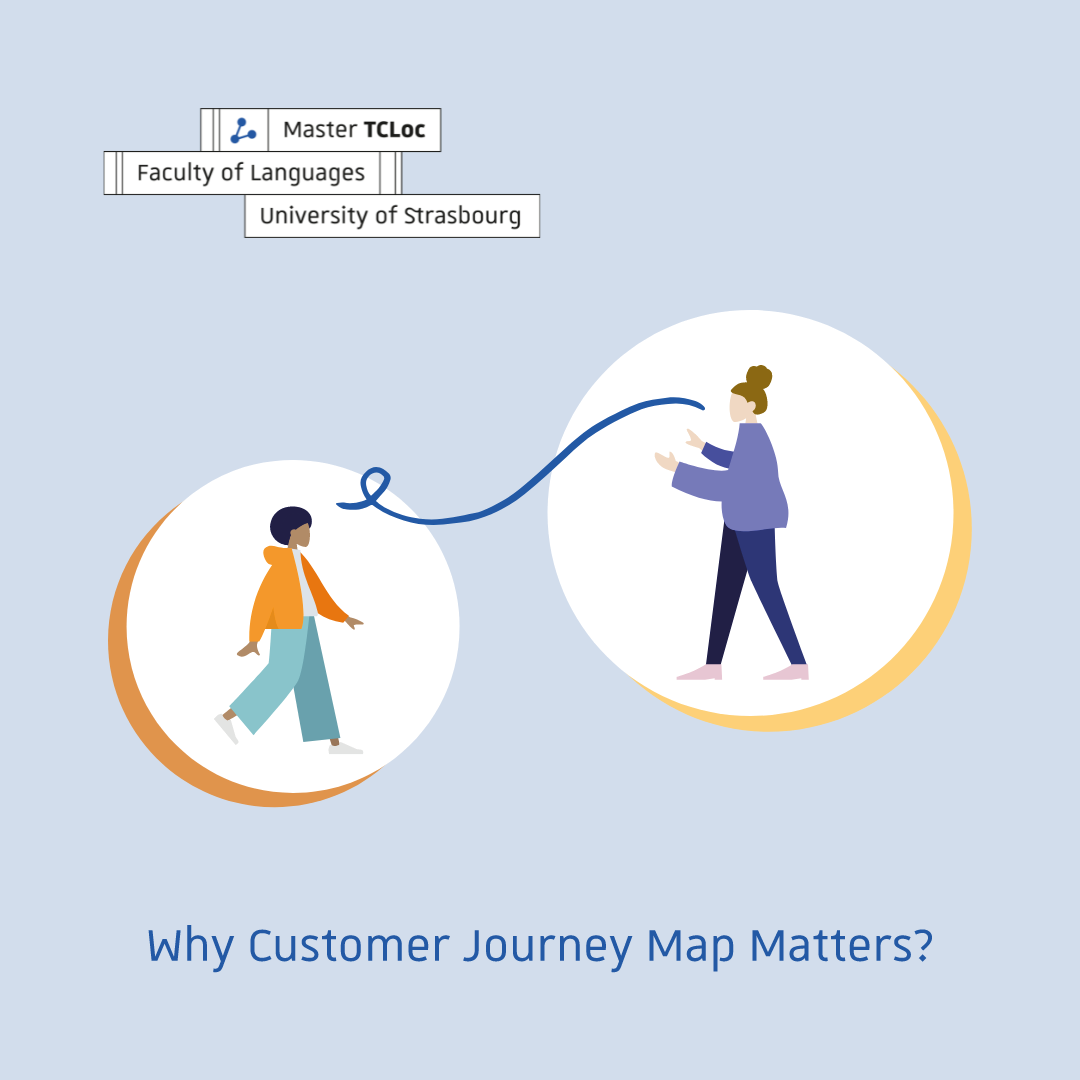In today’s information-democratized market landscape, localizing your company website isn’t enough.
Customers engage with brands via multiple channels, primarily online, at any time. Such multifaceted interaction is particularly intricate for companies that serve people around the globe. Indeed, customers from different locales take different paths and interact differently through different channels, while holding the same expectation for an immersive digital experience that seamlessly integrates their languages of choice and supports their preferences. Localized customer experience, therefore, is imperative for global business success.
Consequently, localization strategy is not simply about content and translation. If you are looking for best localization practices to help your company access and win global markets, one important task on your to-do list should be to integrate localization efforts across the entire customer experience. And the first step to help you achieve that is to understand the customer journey.
So what is the customer journey map and why does it matter in localization?
A customer journey is a tool that helps businesses identify the different touchpoints to engage their prospective and current customers with the right messages, at the right place at the right time. It can be represented in so-called customer journey maps.
It’s important to tell the difference between the term “touchpoint” and the term “channel”. A touchpoint is defined as any interaction that happens between the customer and the business, while channels are where touchpoints take place. By recognizing those touchpoints and channels, localization experts can gain an essential understanding of the target customer behaviors to build up a much-needed context for content creation and UX design.
Below is an example of a simplified customer journey map that describes a common purchasing process of household appliances e.g. an airfryer or a washing machine that has just become available on the market.

A complete customer journey map is usually more complex, and the typical mapping process involves several steps from segmenting customers to building personas. If you want more details about this process, check out this article for a step-by-step guide and examples.
You may now be asking yourself: what exactly is the impact of NOT using a customer journey map on overall localization success? Well, there may be no impact at all if your localization strategy focuses on a single touchpoint, such as a website. However, if the touchpoints are omnichannel, which is often the case for digital-driven businesses, this could make all the difference. Imagine this scenario: you launch your products in South America with perfect website localization in local languages and ready-to-use translated user guides, but the target audience still receives your promotion emails in English. This may confuse the audience or make them feel uneasy, since customer experience is not consistent, and content in a language that they do not master may make them distrust you and your product offering. Likewise, a customer’s interaction with your brand might be negatively affected by the lack of a localized Facebook page in a market like Vietnam where Facebook is the dominant channel for information search and online customer support.
In a broader context, the customer journey map can also be a powerful tool during times when the customer experience is disrupted. Take the recent global coronavirus pandemic for example: buying behaviors shifted dramatically and the communication channels involved in certain locales changed significantly. An overall picture of the evolving customer–brand engagement will then be a convenient base for companies to quickly re-identify all the touchpoints, sort out any hiccups and adapt business strategy, including localization efforts, to stay relevant in the context of a changing situation.
How to craft localization strategy that integrates your customer journey
First of all, you need to understand the customer journey. You can’t provide great localized customer experience if you don’t understand your customers. Educate yourself about existing and new target audiences, be sensitive to their cultures, develop your customer journey map and refer to it regularly.
Identify localization requirements at each touchpoint. Different stages of the journey might need different approaches to tone or voice for the channels and content involved. Your content localization strategy and UX/CX design should then address those requirements.
Be mindful that different locales may have different customer journeys. Two locales that speak the same language can be very different from one another in terms of culture. And it’s not often the case that your branding translates perfectly from one country and one culture to another. Consider rebranding and transcreation strategies in your localization planning, and get expert advice from local service providers when needed.
Be prepared to embrace change. Any customer journey map is a work in progress that needs reviewing regularly. That means your localization strategy needs to be flexible, especially in today’s uncertain world where customer experience is constantly evolving.
Conclusion
Customers won’t engage with brands or buy a product they don’t connect with. If your company is a business driven by customer experience, understanding the customer journey is undoubtedly one important step to ensure overall localization strategy success.
Are you interested in learning more about localization strategy? Follow our blog for more articles on the latest localization trends. If you want to master the art of localization, you should definitely check out our intensive online Master’s degree.



